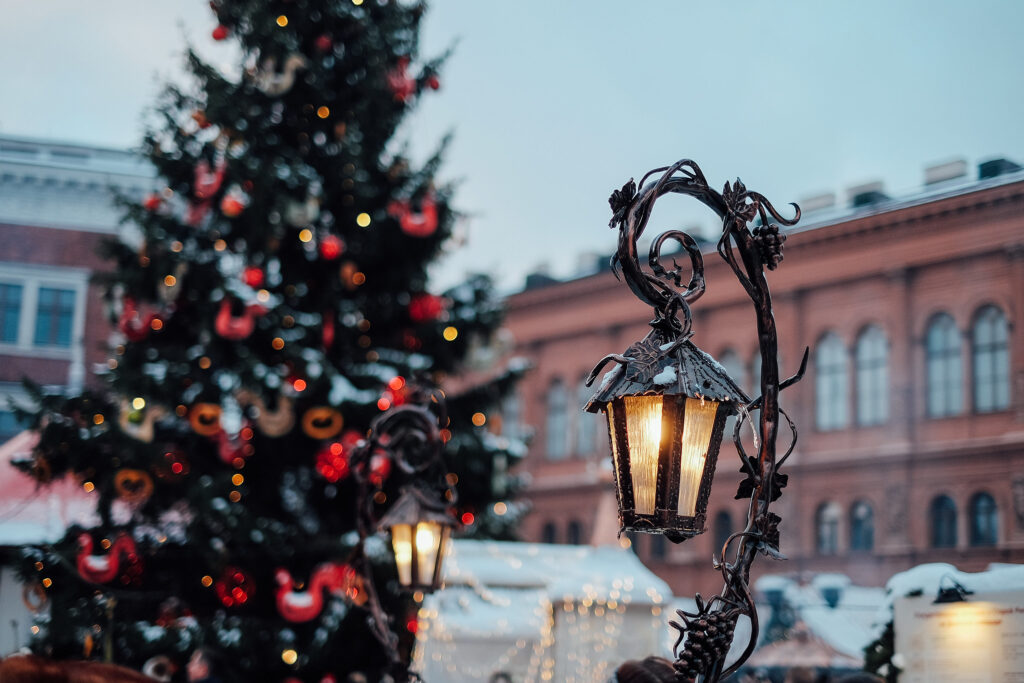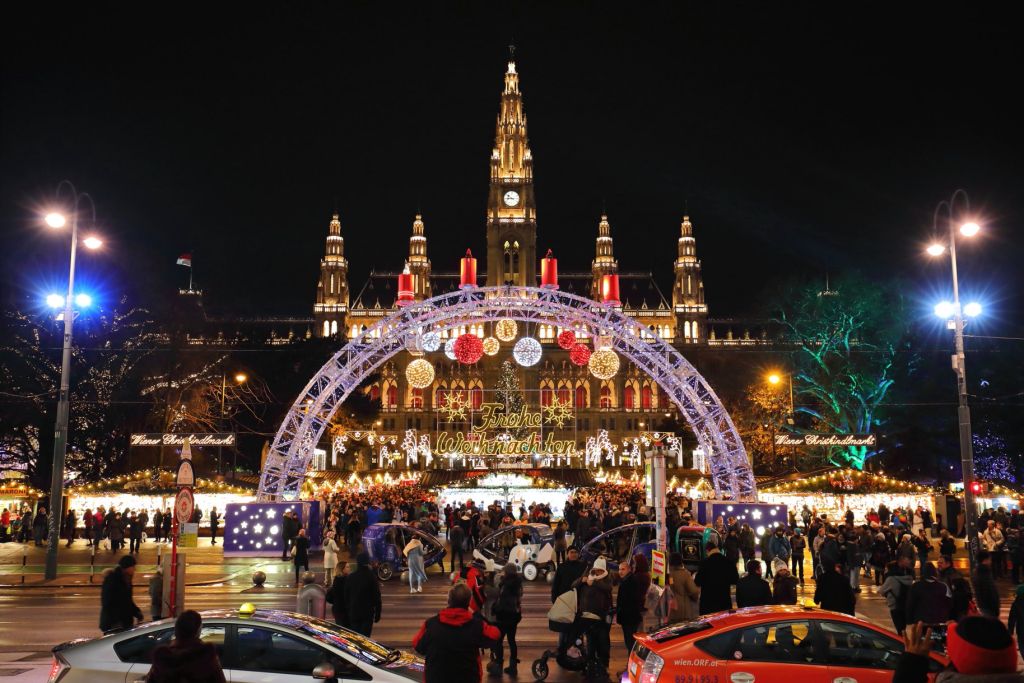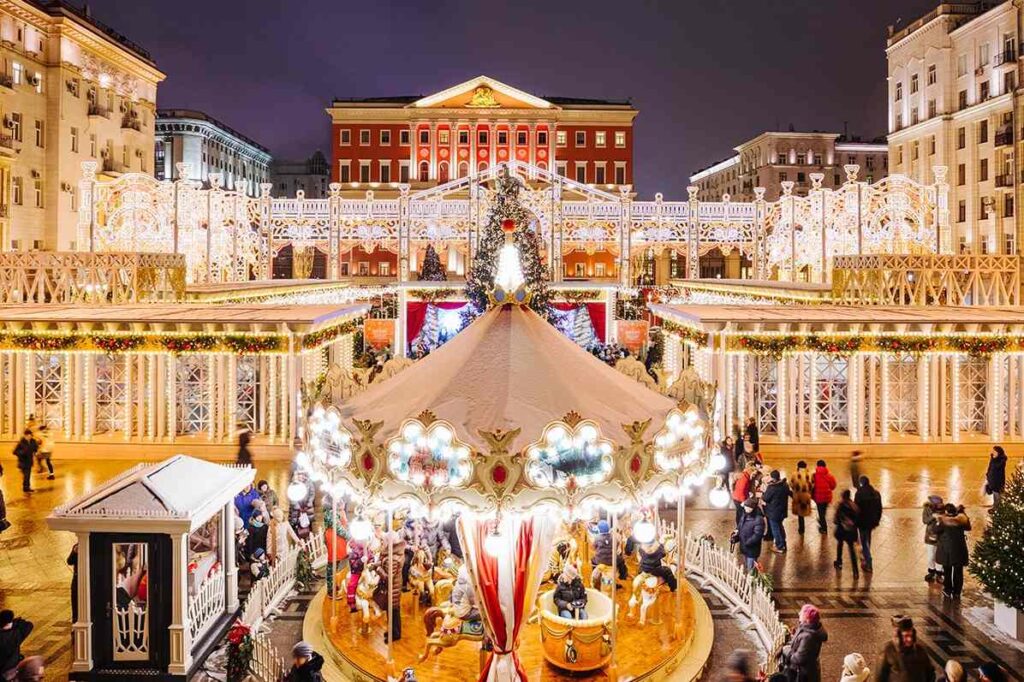Orthodox Christmas refers to the celebration of the birth of Jesus Christ according to the Julian calendar observed by various Eastern Orthodox Churches. Unlike Western Christianity, which follows the Gregorian calendar, Orthodox Christians celebrate Christmas on or around January 7th.
The date of Orthodox Christmas corresponds to the ancient Julian calendar’s December 25th, which is 13 days later than the Gregorian calendar date. This variation in the calendar systems is the reason for the discrepancy in the celebration of Christmas between Western and Orthodox Christians.
Orthodox Christmas holds great religious and cultural significance for Orthodox Christians worldwide. It is a joyous occasion celebrated with various traditions, customs, and religious services. The festivities usually begin with a period of fasting leading up to Christmas known as the Nativity Fast or Advent. This period of spiritual preparation helps believers reflect on the significance of Christ’s birth and prepare themselves for the celebration.
The date
Both churches actually agree on the day of Christmas. The disagreement stems from the type of calendar being used. The Eastern Orthodox Church marks holidays using the Julian Calendar, introduced by Julius Caesar, while western Christians rely on the Gregorian Calendar, introduced in the 16th century. The difference between the two calendars is 13 days, which is why the date of the Orthodox Christmas shifted to Jan. 7.
The Gregorian Calendar, also referred to in Ukraine as “old style,” was used during the Russian Empire. It left a trace in the modern tradition of the New Year celebrations. On Jan. 13, Ukrainians, like some other nations, celebrate “an old New Year.”
Christmas dinner
Baking Christmas cookies dazzled with red and green sprinkles and constructing colorful gingerbread houses are common practices in Western households during the Christmas period.
The Orthodox Christmas feast is more strict. There must be exactly 12 dishes on the table. The essential one is kutia, a sweet grain pudding with ingredients like poppy seeds and honey.
Gifts
Forget them. Whereas in the US it is customary for everyone to open their gifts during the morning of Christmas Day, the Orthodox tradition doesn’t presume giving gifts, although children often receive some. The main present-giving holiday is New Year’s Day.
Carols singing
While Catholics and Protestants sing carols in the streets and in front of the houses, the Eastern Orthodox and Ukrainian traditions are different. In Ukraine, carol singing resembles a trick-or-treat activity. Starting on Christmas Eve, children ring the doors of both relatives and strangers, singing carols in hope to be rewarded with candies and money. The carols lyrics are dominated by various wishes of well-being for the hosts. The most famous Ukrainian “Carol of the Bells” is very well known outside of the country’s borders.
No Santa or other characters
Many know that Ukraine and Russia have an alternative to Santa Claus, an old wizard called Father Frost. However, Father Frost and his sidekick grandchild Snow Maiden have nothing to do with Christmas. Both are related only to the New Year’s Day celebrations. Orthodox Christmas doesn’t have any fictional characters that are implemented during the celebrations.









